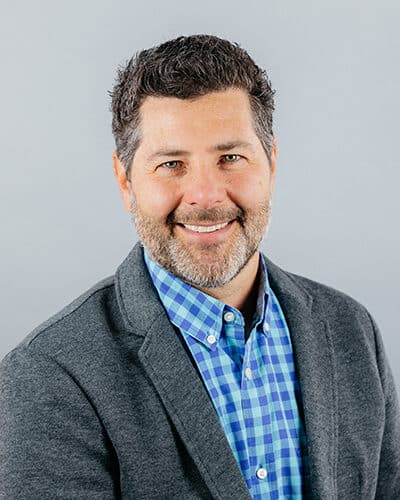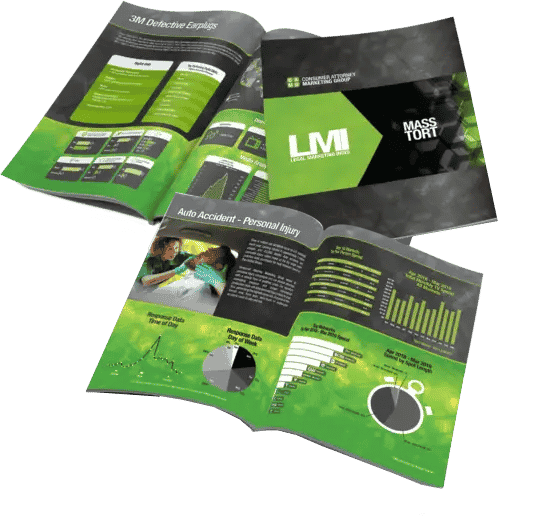PFAS Firefighter Foam Lawsuits
- Background of PFAS
- Why is 3M being targeted?
- What prompted these lawsuits?
- Other Related Lawsuits
- Recovery Sought in the New York and Massachusetts Cases
- History of PFAS
- PFAS Outside of Firefighting Foam
- 3M’s Response to the Lawsuits
- Attorneys Involved in the Lawsuits
- Progress of the Lawsuits
- The Future of AFFF Lawsuits
In early 2022, firefighters in New York and Massachusetts filed a pair of lawsuits against 3M, DuPont, Tyco Fire Products, National Foam Inc., and other companies. The 19 plaintiffs claim that these companies knowingly manufactured and sold firefighting foam products that contained the dangerous PFAS (polyfluoroalkyl substances).
Background of PFAS
Similar to asbestos, PFAS are “forever chemicals” that never leave the body. This group of chemicals increases the risk of getting certain types of cancer. According to the Agency for Toxic Substances and Disease Registry, PFAS are associated with:

Increased cholesterol levels

High blood pressure in pregnant women

Liver damage

Increased risk of testicular and kidney cancer
Research about the relationship between PFAS and the human immune system is relatively new. But the initial results are concerning. Like other “forever chemicals,” more problems will likely develop in people who have been exposed over the coming decades.
Why is 3M being targeted?
3M is the manufacturer of one of the most commonly used firefighting foam products. The discontinued product aqueous film forming foam (AFFF) included PFAS.
While the product is currently no longer being manufactured, firefighters in Massachusetts and New York had used this product for years as part of their firefighting duties. During normal use of this product, firefighters were exposed to PFAS through skin contact and inhalation.
The petition before the courts asserts that 3M should have known or been reasonably aware that PFAS were hazardous to humans. However, AFFF provided no warning to that effect. Normal use created a hazard for the firefighters using the product.
The fact that 3M discontinued AFFF as health concerns about PFAS became more well-known suggests that the company was aware of the potential hazard even while manufacturing the product.
What prompted these lawsuits?
A Rutgers University study, published in the International Journal of Environmental Research and Public Health, showed that firefighters had significantly elevated levels of PFAS in their bloodstreams. Previously, an Australian study indicated that concentrations of specific types of PFAS were “positively associated with years of jobs with AFFF contact” and that lower levels of the chemicals in firefighters who’d been exposed to aqueous film forming foam for ten years or less coincided with training facilities phasing out the use of 3M AFFF in 2003.
Other Related Lawsuits
There are a few other lawsuits related to this one. At least one lawsuit for the same group of firefighters attests that the same dangerous chemical is present in the protective gear they were assigned.
Additionally, two lawsuits have been filed in the state of California by the same law office representing the original two cases. These lawsuits present similar allegations but have different plaintiffs.
There are also hundreds of firefighting foam cases currently being litigated under an MDL in the U.S. District Court for the District of South Carolina. While those cases are separate from the New York and Massachusetts lawsuits, all these lawsuits may be bundled together in the future.
The majority of the South Carolina lawsuits do not focus on protective equipment, so the protective equipment lawsuits are more likely to remain separate.
Recovery Sought in the New York and Massachusetts Cases
The plaintiffs in these cases are seeking damages for future economic loss and health care costs due to PFAS contamination. None of the plaintiffs have been diagnosed with cancer or liver damage. These lawsuits are attempting to get pre-emptive recovery for damages that can be reasonably assumed based on the current medical diagnoses of the plaintiffs.
In addition to monetary compensation, the plaintiffs are attempting to effect change. They would like to see future firefighters protected from the health risks they have suffered. The plaintiffs hope that the courts will force 3M and other responsible companies to change their policies in the future.
History of PFAS
PFAS have been produced since the middle of the 20th century. The term PFAS refers to thousands of chemicals with similar molecular properties. These chemicals were not used for firefighting until the 1980s. By the 2000s, though, almost all firefighting foam products included PFAS.
Exposure Studies
The first exposure studies for PFAS started in the 1970s. This was when traces of the chemical were first discovered in the blood of the general population. However, significant documentation didn’t start until the 2000s. Public awareness emerged in 2016 when the United States Environmental Protection Agency issued a Lifetime Health Advisory.
Voluntary Phase - Out
Starting in 2000, many U.S. companies voluntarily started to phase out the use of PFAS in their products. 3M was one of these corporations. Despite this, AAAF continued to be manufactured with PFAS well into the 2010s. Manufacturers did not replace the chemicals until roughly 2016.
PFAS Outside of Firefighting Foam
PFAS are or have been used in a variety of products since the 1940s. They are commonly found in:
- Non-stick coatings
- Waterproof fabrics
- Stain-resistant products
- Protective coatings
- Various resins
They have also contaminated groundwater in some areas of the country. As a result, most of the general populace has been subjected to at least minor amounts of PFAS contamination. This general level of contamination is considered the base level when comparing the amount of PFAS found in the blood of the plaintiffs.
3M’s Response to the Lawsuits
3M has officially stated that it stands by the safety of the products it manufactures and has manufactured in the past. In regard to AFFF, 3M points out that the product is no longer manufactured or sold. The company has committed to vigorously defending itself from these lawsuits.
Attorneys Involved in the Lawsuits
As of February 2022, three law firms are representing the plaintiffs in the New York and Massachusetts fire foam lawsuits. Pritzker Levine LLP and Sullivan & Galleshaw LLP represent the firefighters in the New York case. The Massachusetts plaintiffs are represented by Bernheim Kelley Battista & Bliss LLC, and Pritzker Levine LLP has been admitted pro hac vice.
Progress of the Lawsuits
As of February 2022, there has been little progress in the New York and Massachusetts lawsuits.
The South Carolina MDL has been active since 2019. The case is currently in discovery, though there have been no court updates since May 2020.
Several PFAS cases against water utilities are scheduled to start in January 2023. Trial results will likely have a significant effect on the outcome of the firefighter foam lawsuits.
The Future of AFFF Lawsuits
At this point, these lawsuits could progress in a variety of ways.
If they are combined with the South Carolina MDL, the facts of these cases will become part of the discovery process, and the cases will probably result in a faster resolution.
If the plaintiffs in the water utility lawsuit succeed, it will significantly harm 3M’s position, and the company will likely settle before going to trial.
Finally, the ongoing research into the health effects of PFAS may definitively prove a causal relationship between PFAS and cancer or liver disease. If that happens, it will strengthen the plaintiffs’ cases. Research into PFAS has increased in recent years, so new discoveries are likely in the future.
At CAMG, our team can help you find leads for your firm’s firefighter foam lawsuit attorneys. Reach out today to learn about the ways in which we can assist with your law firm’s marketing efforts.

Is your firm in the Top 3 of Google Search?

CAMG Ethics White Paper
Legal Areas
Are you looking for data-driven marketing for your law firm?
I have worked with CAMG for years. Not only are they great at delivering, but they are great people to work with!

CAMG is always accommodating and willing to work in a way that supports your office as an extension of your team.

Steve Nober and the team at CAMG are responsive, ethical, talented, reasonably priced, and easy to work with!

If you are looking for professional, hardworking people who produce great results and then take you out for a nice dinner, look no further than CAMG


THE NATION’S LARGEST FULLY INTEGRATED
Marketing Agency Dedicated to Law Firms
- Television
- Radio
- Public Relations
- Medical Record Retrieval & Review
- Search Engine Optimization
- Paid Digital
- Out of Home
- Intake & Contracting Services
